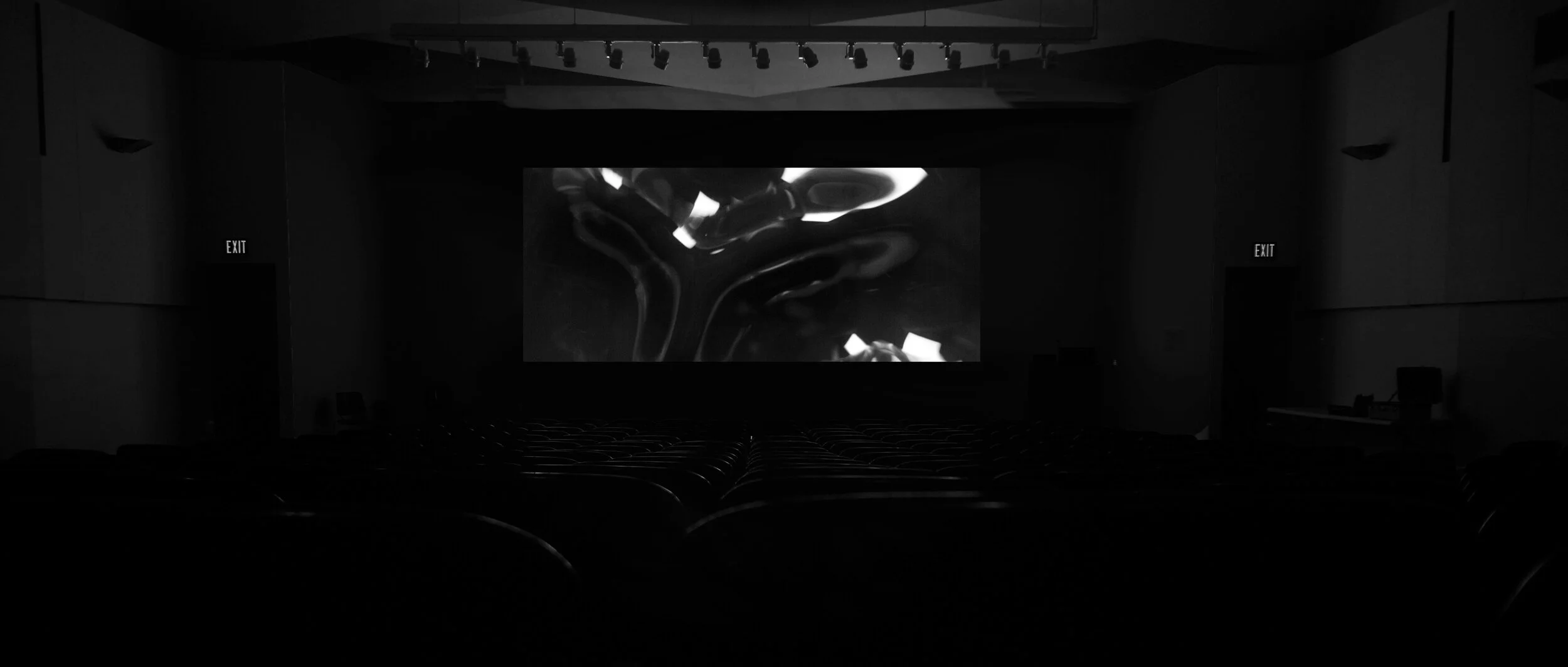prosthesis memoria
prosthesis memoria
prosthesis memoria is a collaboration between composer Daniel Peterson and filmmaker Adam Hogan that explores memory and it's digital extensions in relation to cognition and neurofeedback. The project uses electroencephalography (EEG) technology as a neurofeedback device to compose the audiovisual performance in realtime by exploring relationships found in the artists’ perspective prosthetic memories, digital archives of field recordings and film footage. The EEG signal is used to track multiple neurological activities which are then coded into compositional control variables.
The audiovisual performance begins by tapping into the artists' individual memories captured over years of working in the field. A disjointed collection of aural and visual information builds tension as the performers attempt to gain control and create cohesive moments of clarity. This clarity is achieved by networking both artists' neurological activity, essentially creating a feedback loop between the artists' two brains. Peterson’s neural activity controls the audio composition and sound's spatialization, however he is isolated only experiencing Hogan’s visual output. Simultaneously, Hogan’s neural activity controls the film, but he only experiences Peterson’s audio composition. One artist's memories are explored by their own neurological response to the other's memories.










